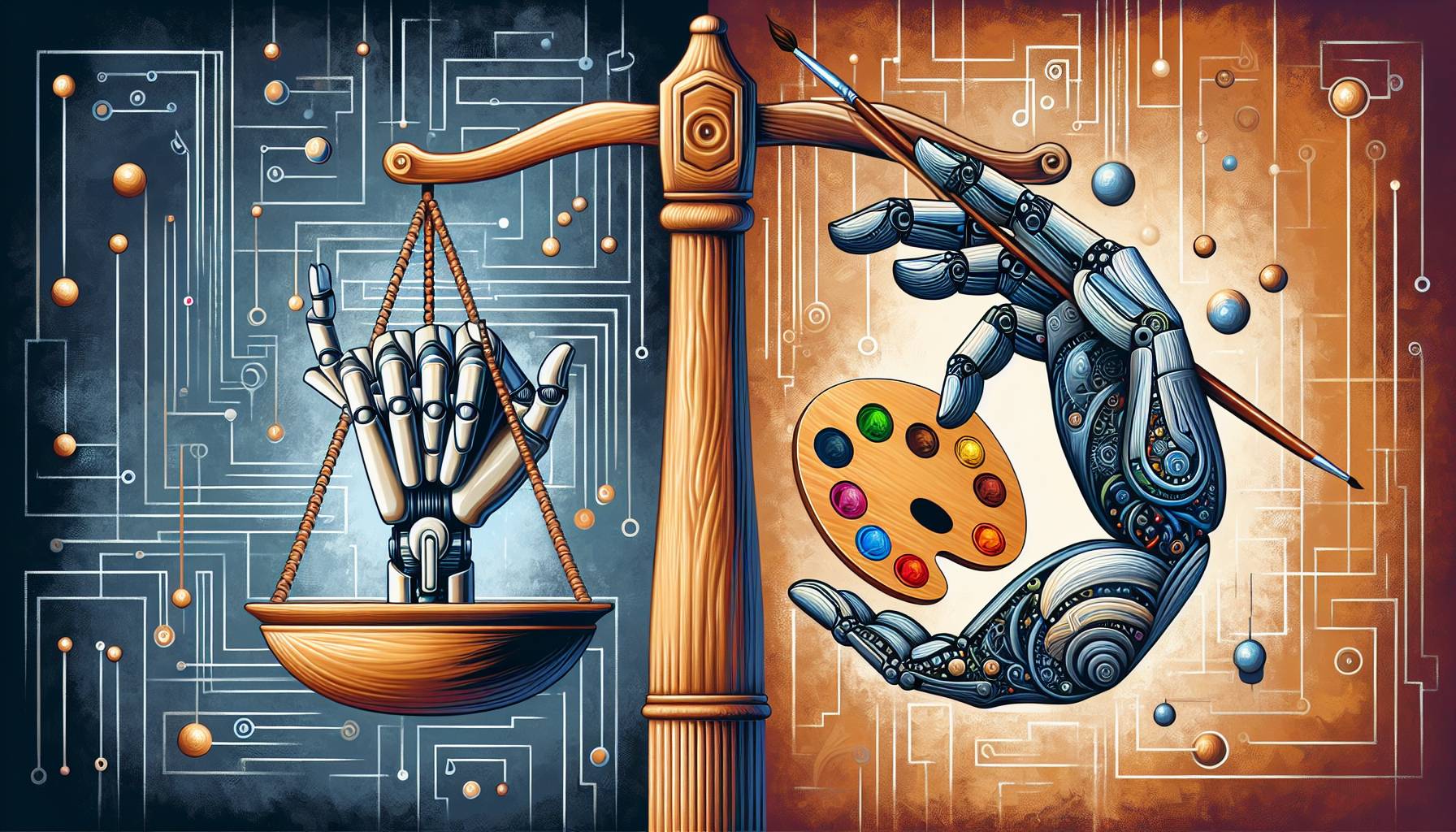
Artificial intelligence (AI) has become more than a buzzword in the creative industry, sparking discussions surrounding its usefulness and limitations. In the core of this discussion lies a question: should AI be a supplement or a replacement for human creativity?
AI can be seen as a great tool for analytical thinking and scalability, contributing to productivity and efficiency. Yet, many argue that it can’t mimic human’s ability to feel and display raw emotions or intricate details. AI’s originality and authenticity have also been questioned due to the lack of a real person behind the work.
Although it’s undeniable that AI has revolutionized the creative industry in many ways, many believe that human involvement and connection can’t be replaced entirely. It’s viewed that AI can enhance but should not substitute human engagement in the creative process. This imputes the need for a harmonious collaboration between AI and human creativity.
In a panel discussion – Natalie Schwartz from Canva, Farfar Cam Brandow, and Paul Woodvine of Dragon Rouge – discussed the potential of creativity in an AI-dominated world.
Aligning AI with human artistic ingenuity
The discussion was centered around continual learning with AI, its potential to enhance rather than replace human creativity, and AI’s effectiveness in the creative industry.
The panel agreed on the importance of public education about AI, dispelling myths and addressing challenges associated with it. They recognized the necessity of addressing privacy and ethical concerns tied to AI, advocating for a balance between technological advancement and societal responsibility.
The discussions revealed that the future of AI and creativity could coexist, as long as they function symbiotically, driving innovation. Despite the heated debates on AI’s limitation in mimicking human interaction, it’s believed that governed AI could enhance creativity rather than restrict it.
Natalie Schwartz acknowledged AI’s potential to save time, hence creating more opportunities for unique content production. Conversely, there were arguments on AI contributing to job insecurity and data privacy issues. It was feared that AI’s ubiquity could heighten societal inequality by bestowing unprecedented power to those who control complex algorithms and immense data sets.
The established understanding was that with the right regulations, AI’s impact could be controlled while maximizing its benefits. Paul Woodvine, renowned for his work with high-profile brands, asserted that AI should serve as a beneficial tool for the creative process and not a threat to creative professionals.
Encouraging productive discussions about AI’s role within the creative sector was stressed upon. This, in turn, would shape how AI is perceived and used, ushering in a new era of creative innovation where AI amplifies human creativity rather than replacing it.
Source link
All Materials on this website/blog are only for Learning & Educational purposes. It is strictly recommended to buy the products from the original owner/publisher of these products. Our intention is not to infringe any copyright policy. If you are the copyright holder of any of the content uploaded on this site and don’t want it to be here. Instead of taking any other action, please contact us. Your complaint would be honored, and the highlighted content will be removed instantly.

